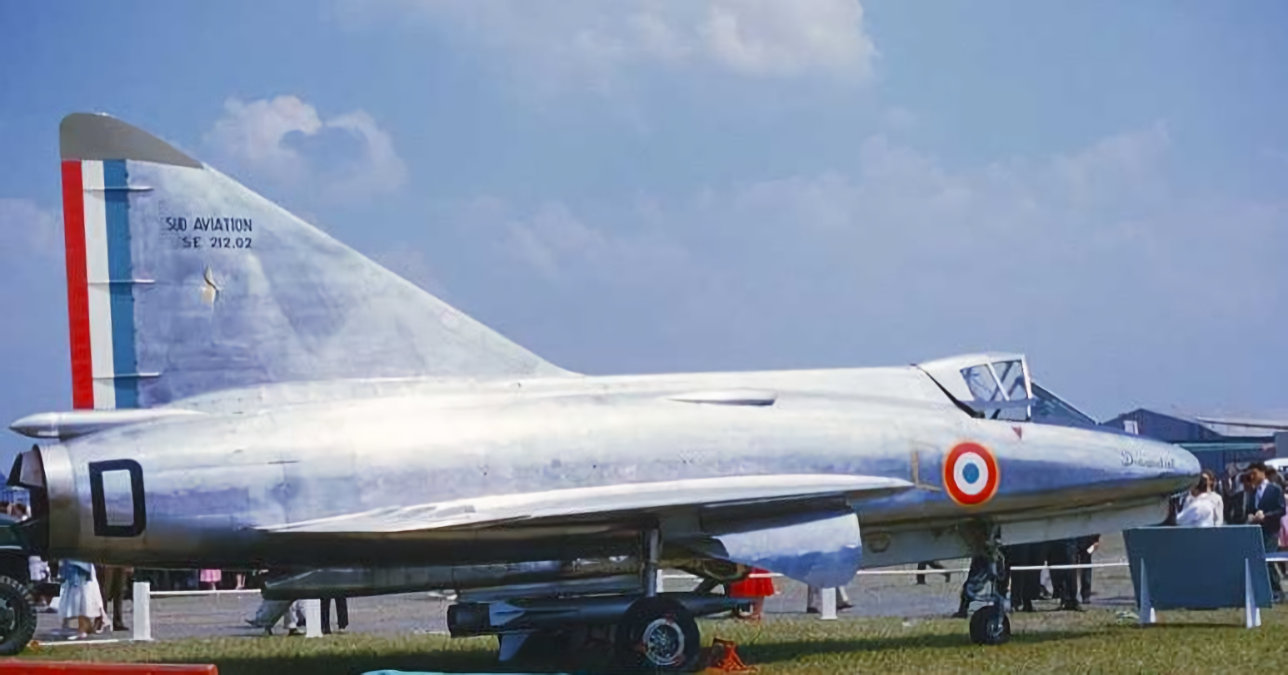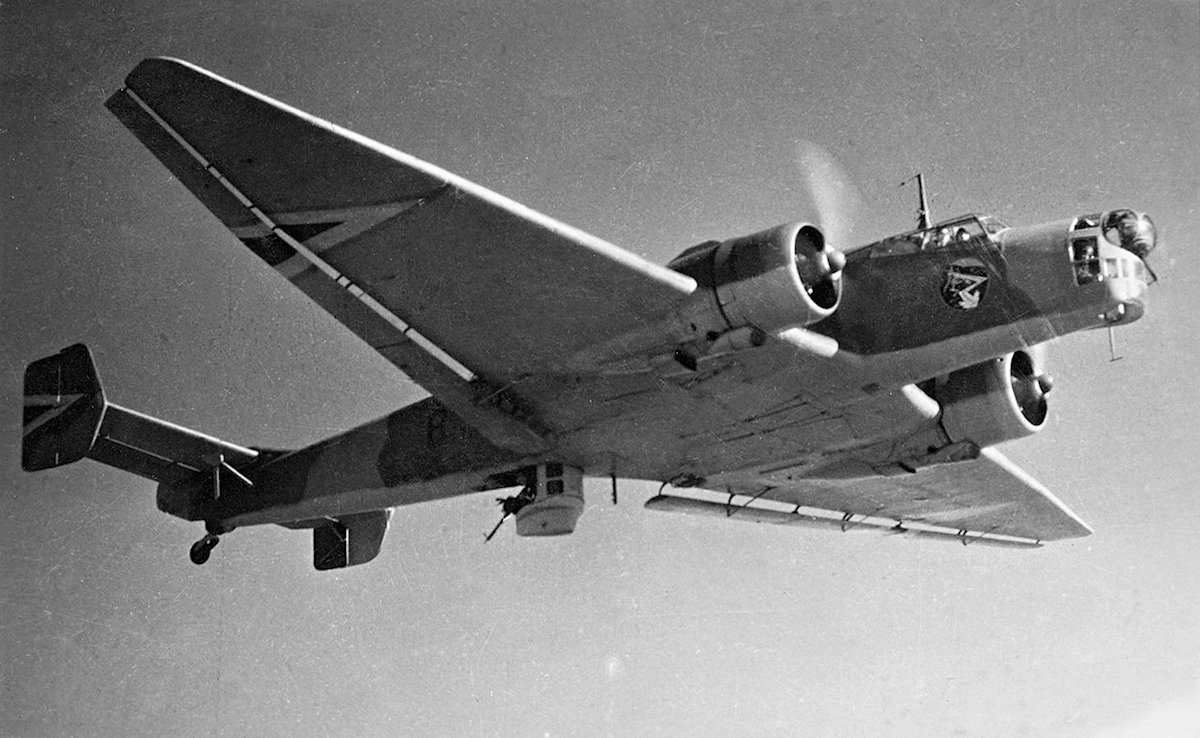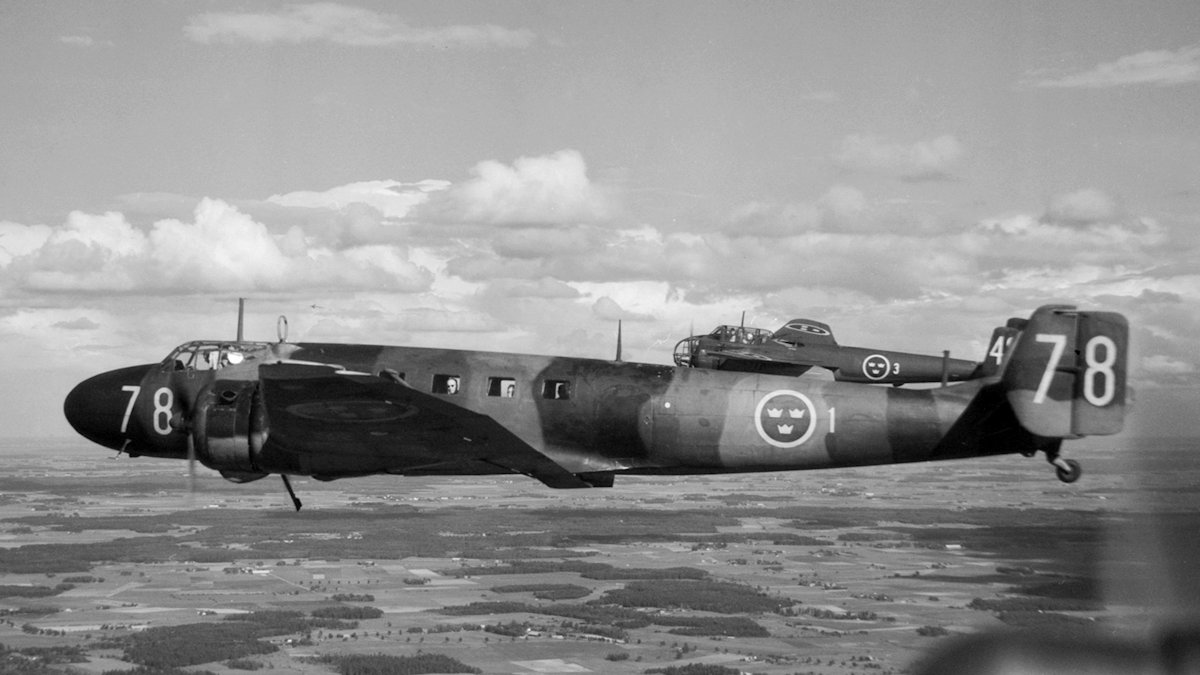Tag: Aircraft
-
SNCASE SE.212 Durandal

SNCASE SE.212 Durandal The first of two prototypes of the SNCASE (Sud-Est) SE.212 Durandal first flew on 20 April 1956. Powered by a jet and a rocket engine, the Durandal was intended to be a point defense interceptor. Despite its promising performance, only 45 test flights were made before the project was cancelled. Criticism of… Read more
-
Junkers Ju 86

Junkers Ju 86 Designed as both a bomber for the Luftwaffe and transport for Luft Hansa, the Junkers Ju 86 first flew on 4 November 1934. Four Ju 86D bombers were sent to Spain during the Civil War, where it was found that the diesel engines could not withstand rough treatment during combat. Although production… Read more
-
Junkers Ju 86 in Swedish Service

Junkers Ju 86 in Swedish Service Sweden ordered 40 Junkers Ju 86 bombers which were delivered from 1936 to 1938. They were designated Ju 86K by Junkers and operated as the B3 by the Swedish Air Force (Flygvapnet). SAAB obtained a licence to produce an additional 40 aircraft, of which 16 would be from parts… Read more